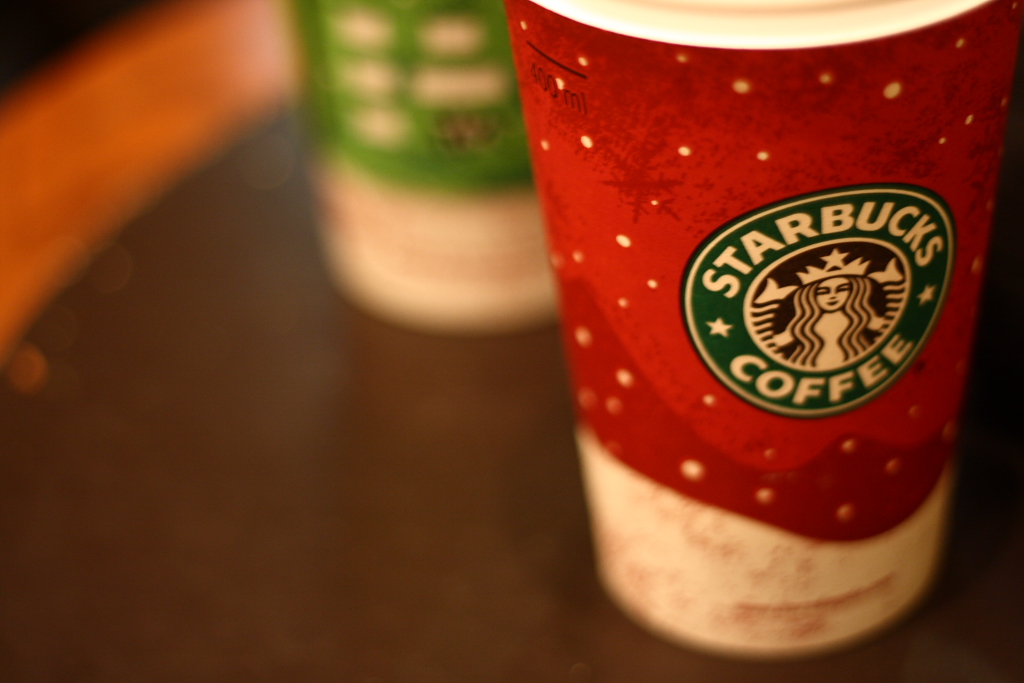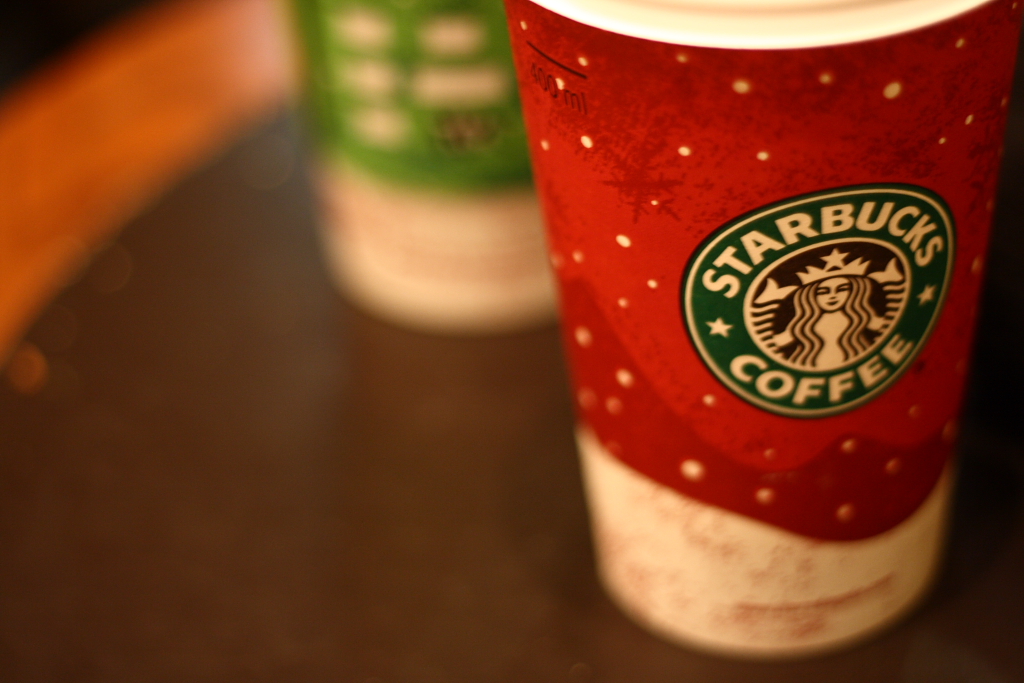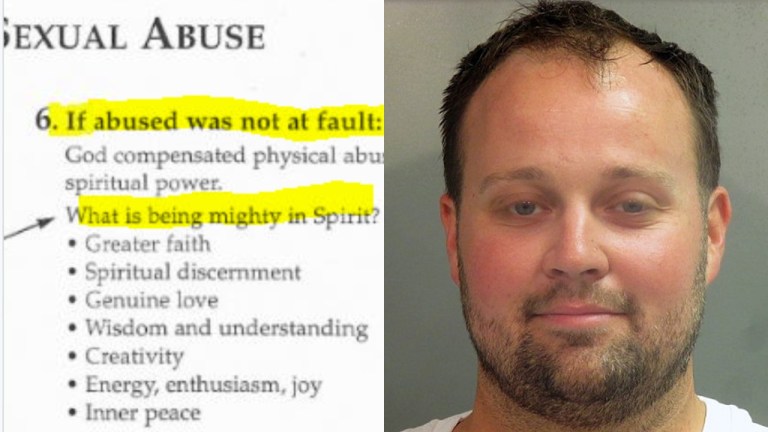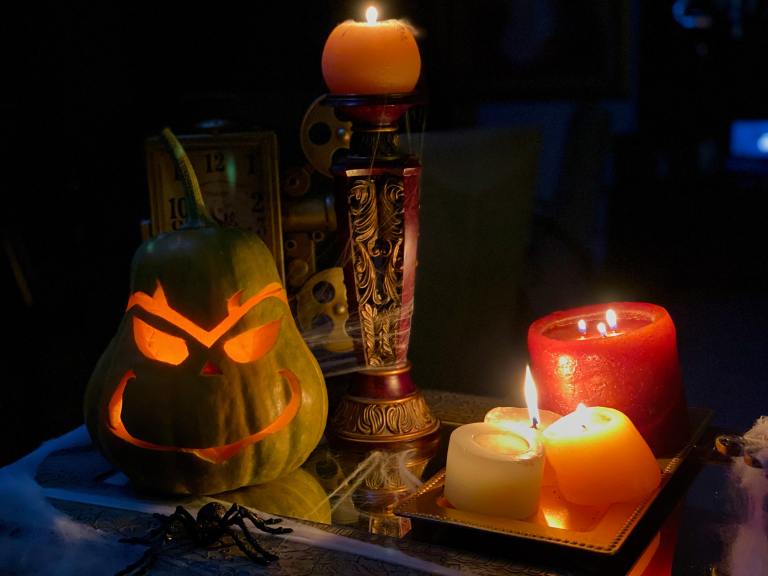Why The ‘War On Christmas’ Is A Lie
Today, the notion that we must shelter Christmas from the ravages of outside influence spreads intolerance.

My mind was much younger and still under “church arrest” — Sunday school, worship services, bible study and prayer meeting every week — when I discovered that the ways western Christians fête the Christ child often have little to do with Christianity. I also came to love that the season is often shared with observances of sacred days for other faiths, ideologies, and cultures. The most common sentiments among the religious and non-religious alike, emphasize joy, peace, and family. For this reason, I find the claim the claim of “war on Christmas” strife mongering and hypocritical.
Controversy has somehow erupted over almost everything associated with Christmas: greetings, song lyrics, inclusion of songs and decorations in public forums, and iconography, etc. The mania didn’t just start with Starbucks. Amazon sells books, including one with a publication date of 2006, discussing a war on Christmas as a growing national crisis. Before deeming emblems of coffee cup as evidence of a tactic to subvert the holiday, we should first consider the origins of conventions that mark the holiday season.
The traditions of my Christmas past still resonate with me. Steal a taste of the cinnamon-and-nutmeg-spiked candied yams still bubbling from the oven. Pick stray pine needles and cheap tree tinsel from clothes, hair, and pets. Attend a candlelight church service. Don’t forget to cue up the proper soundtrack at home. My must-haves on the list: “This Christmas” by Donny Hathaway; the entire Jackson 5 Christmas album; the Temptations rendition of Silent Night, Mariah Carey’s modern classic; and, the supernatural voice of Nat King Cole crooning Merry Christmas. Without at least two of these rituals, I just can’t catch the spirit. I refuse, nonetheless, to take a friend’s well wishes of “Happy Holidays” as evidence of some conspiracy to rob me of my celebration.
War on Christmas theorists may be shocked (or don’t care) to know the date of the holiday was actually stolen by Christians from the pagans and the Jews. Theologians tend to disagree on the approximate time of year that Jesus was born. The tenuous estimates include spring, June, and September. December is not a common guess. All of these timeframes are based on conflicting references and story anchors within the Bible. Astronomers, using the story of three wise men following a star as a reference, employed science to re-create the night sky of 2000 years ago. This led to a hypothesis that the child who grew up to be the center of the Christian faith was most likely born in June.
If the person we call Jesus was probably not even born in the winter, how did we end up with December 25 as the date to celebrate the Nativity? Early Christians co-opted an annual pagan celebration, Winter Solstice. Different pagans commemorated the astrological phenomenon while worshiping their deities during this time. The Romans, for instance went wild paying homage to their god of agriculture, Saturn. Their events involved food, dancing, and likely whatever else the Romans did when they were enjoying themselves. The Druids also had their annual celebration going long before Christianity became a significant influence in the local cultures.
The above-mentioned festivities survived despite increasing conversions to a new monotheistic faith probably for political and marketing reasons (i.e., if new converts could keep some of their former pleasurable traditions, there would be less reluctance to adopt Christianity). In any case, it seems that holding a feast in the middle of winter worked well, and thus, the habit continues after nearly two millennia.
Christmas preservationists have another reason to thank those hedonistic pagans. The practice of decorating and admiring a tree (or, often a tree simulating object) by followers of a Scandinavian polytheistic religion (think Loki and his compatriots) was incorporated by early Christian converts, and then further adapted by German Lutherans. From the White House to Rockefeller Center to Buckingham Palace, the Christmas tree in modern times seems to rival or replace the Nativity and the Bethlehem star as the central symbol of the holiday. Did the people who were outraged to discover a tree missing from their coffee cup know they were pining for a relic of Norse idolatry? By the way, other plant oriented holiday customs share similar origins. Mistletoe was an important part of Druid rituals and Yule logs represented the sun in early medieval Winter Solstice partying.
The pervasiveness of non-Christian mythology in Christmas celebration does not end with the worship of plants. For instance, whether you refer to him as Santa Claus or Saint Nicholas, the plump guy in the red suit has taken on some magical, mystical qualities over the last century that even baby Jesus never had in the Bible. The person who envisioned a Santa Claus that could fly through the air on sleigh was the same writer who came up with the idea of the Headless Horseman. Let’s not forget Santa’s crew, the elves and the flying reindeer. I spent the better part of my kindergarten days looking for a biblical mention of Rudolph the Red-Nosed Reindeer, an ingenious advertising gimmick for a department store.
Arguably, Rudolph and Santa owe their popularity as Christmas icons to a Jew. Infectious songs about these two characters and (odds are) many of your other favorite Christmas tunes were written by people who celebrate Hanukkah. Without these amazing songwriters, how else would we memorize all the names of those reindeer or even think that snow on December 25 is magical? Considering these facts carefully prohibit me from getting upset that “Happy Holidays” has become more workplace appropriate than “Merry Christmas”.
The merging of music and conventions help shape our memories of Christmas and inspires us to create new ones, regardless of whether the lyrics have a Christmas slant. Today, The Messiah is performed every Christmas season in churches across the world. George Frideric Handel created this masterpiece, however, for Easter, a holiday once considered by Christians everywhere as significantly more important than Christmas.
Of course, Christmas customs vary from country to country. I have honed in on cultural elements in the United States because most of the outcry to take back Christmas emanates from a largely protestant and Anglophone nation. On the other hand, the observation of Christmas was rejected by early Protestants. The dominant customs at the time were associated with Catholic pageantry and excessive fun, both frowned upon by advocates of stern piety like Oliver Cromwell. Christmas was not widely celebrated during American colonial times or in the first century of our nation. The United States government did not declare Christmas afederal holiday until 1870, indicating a lack of religious reverence among the founding fathers for the day.
Today, the notion that we must shelter Christmas from the ravages of outside influence spreads intolerance. Christmas celebration has and likely will always be an amalgam of religious and nonreligious components. If we want to interpret within a theological framework what Christmas should and should not be, why not look to our faith-based gatherings and not the office or the coffee shops?
Leah Kozak, a future theologian (NYTS MDiv 2016) and Associate Director of The Micah Institute at New York Theological Seminary provides us with her poignant reflection:
“Jesus’s early life was not one of opening presents under ornate Christmas trees, and singing carols while sipping hot chocolate around the fire. It was more like the Syrian families today fleeing for their lives, looking for a place where they are welcomed and accepted as human beings created in God’s image.” ![]()





